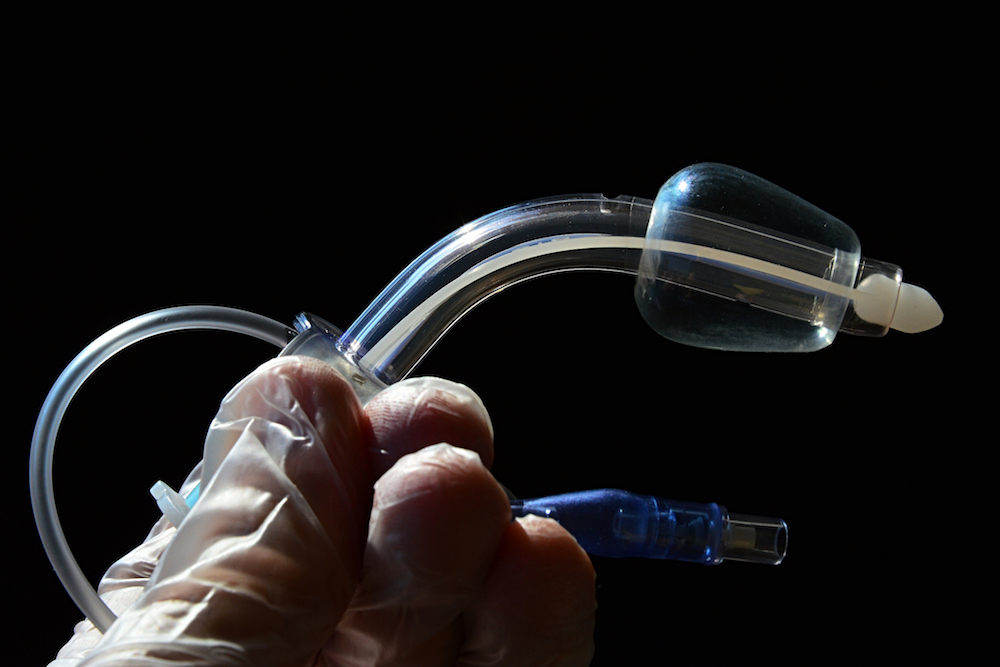
Image Source
What's a tracheostomy?
A tracheostomy is a hole surgically created in the neck into the trachea or windpipe, which is typically done in an operating room under general anesthesia. A tracheostomy tube is placed through the hole and into the airway, which may be placed to assist in breathing and to protect the airway. This new airway, bypassing the nose and mouth, can be temporary or permanent.
Why would my child need one?
There are many reasons why your child could need a tracheostomy. Your child may have an obstruction of their upper airway as a result of trauma or burns to the face and neck, anaphylaxis (severe allergic reaction), tumors and/or congenital abnormalities of the airway. Some children may need prolonged respiratory support due to premature birth-related lung disease, such as bronchopulmonary dysplasia. Others may have neurologic or neuromuscular conditions that weaken their ability to breathe, protect their airway from food, and/or are unable to clear secretions.
Will my child always have a tracheostomy present?
Not all children with a tracheostomy will require one forever. However, your child must be able to breathe without the use of a ventilator or a breathing machine, and they must also be able to cough and clear secretions from their airway.
What needs to happen to have my child’s tracheostomy removed?
Once a child is no longer ventilator dependent, they go through steps to reach decannulation, or removal of the tracheostomy tube. During this process, your child’s airway will be assessed for obstructions, such as subglottic stenosis, via a procedure called direct laryngoscopy which is done under anesthesia. If an obstruction is present, it may require reconstructive surgery prior to decannulation. If the airway is normal, then the following steps will be completed:
- The diameter of their tracheostomy tube will be replaced with a smaller one to allow some passage of air around the tube and up to the mouth.
- Next, a cap is placed on the tube to allow for air from the lungs to exit the mouth and nose, and not the tube.
How is the tracheostomy tube removed and what is the post-procedure care after removal?
You can expect your child to stay in the hospital for one night so we can monitor them for any breathing difficulty prior to and after the removal of the tube, which can be done at bedside. Several hours after the procedure, or after an additional night, your child will leave the hospital without any activity restrictions. The hole in their neck will heal by itself over the following days and weeks. The hole should be covered with gauze and be occluded with a finger while coughing or speaking so air does not leak; this also improves the healing process. Feeding instructions will be at the discretion of your otolaryngologist and speech-language pathologist.
If your child is in need of (or currently has) a tracheostomy tube, please contact Texas Children's Otolaryngology Department at 832-822-2778.